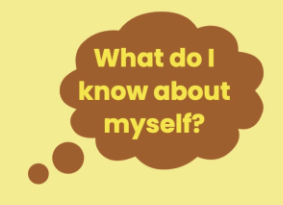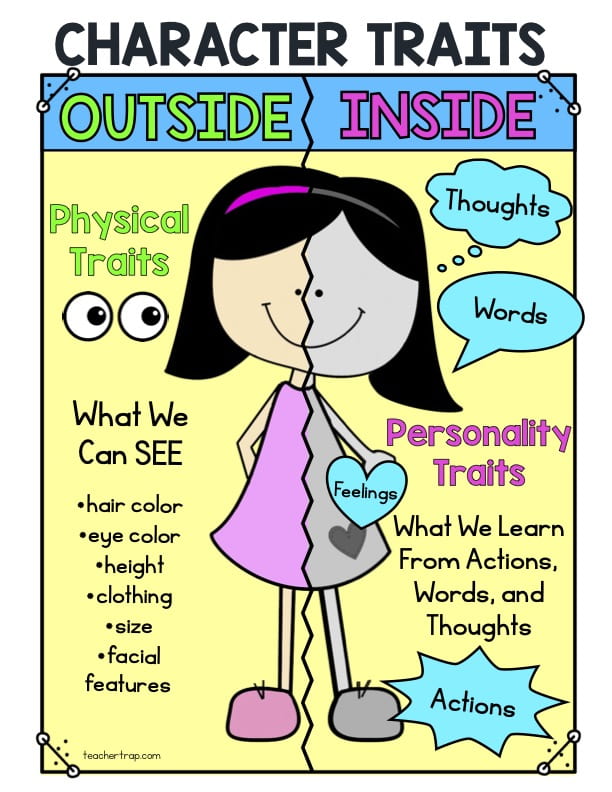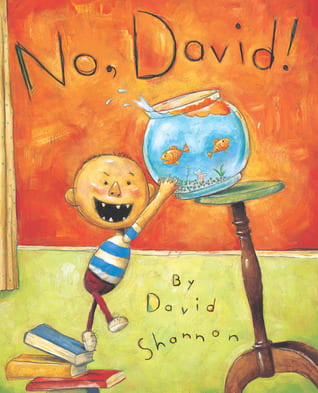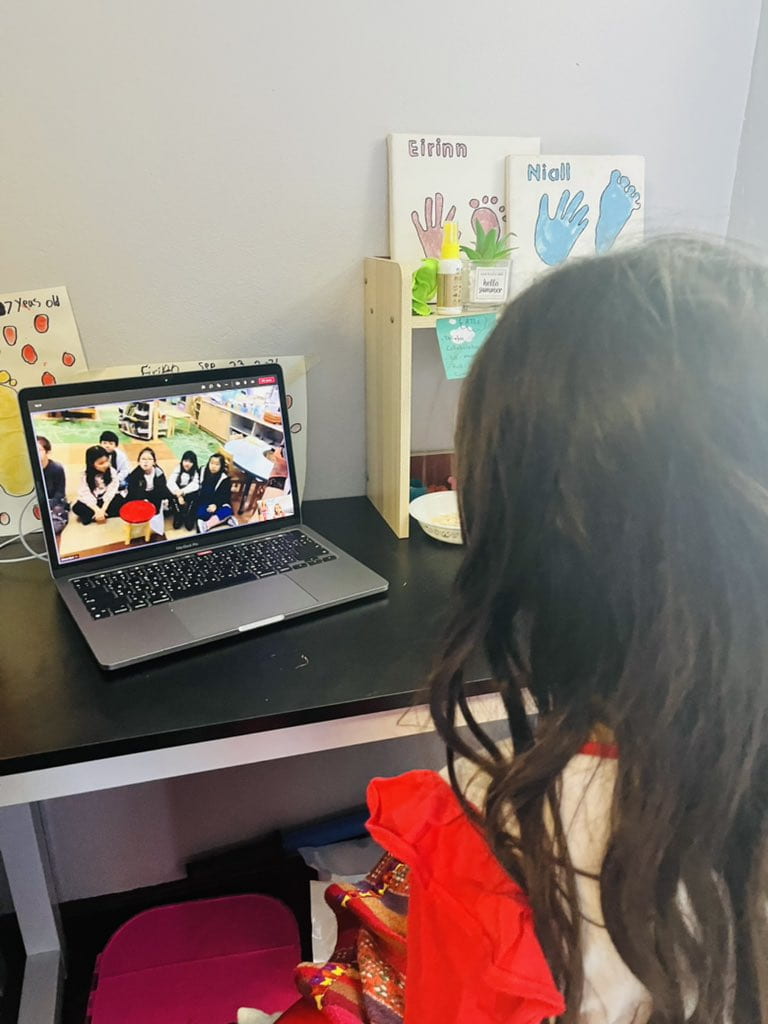Inside and Outside!

 The students used their plan or mind map to help them write a rough draft. Then, they made changes to their work to improve their ideas and add more details. They organized their writing to create a second draft. After editing their work, they finally published their writing. Using the writing process helps the students think about the different stages of writing. It helps them revisit, revise and build on their first ideas.
The students used their plan or mind map to help them write a rough draft. Then, they made changes to their work to improve their ideas and add more details. They organized their writing to create a second draft. After editing their work, they finally published their writing. Using the writing process helps the students think about the different stages of writing. It helps them revisit, revise and build on their first ideas.
 Next, we thought about our personalities. Who are we on the inside?
Next, we thought about our personalities. Who are we on the inside?
 To help us think about this further, we listened to the story ‘NO. DAVID!’ by David Shannon.
To help us think about this further, we listened to the story ‘NO. DAVID!’ by David Shannon.
First, the students described David from the outside. What are his physical traits, or things we can see?
David:
- has sharp teeth
- body is like a potato
- has no hair
- has skinny legs
- has a triangular nose
- has small eyes and thin eyebrows
- has oval shaped ears
Next, we thought about the inside. What can we learn about David by his actions, words, or thoughts? The students wrote their personality trait words on post-its and shared their reasoning.
 The students explained that David is:
The students explained that David is:
- Greedy because he eats lots and lots of food
- Silly because he does crazy things
- Unsafe because he does dangerous things like standing on books
- Unkind because he did not listen to his mum
- Funny because he does crazy things
Next, the students described their own personalities. They included these descriptions to their portraits. Through our discussions, stories and work together we continue to learn about who we are as individuals.
Next, we wondered what other people know or think about us! The students wrote statements about their friends and included these on the community display.
As we continue to learn about ourselves, we explore the interactions we have with each other.
- How are we connected to each other?
- What helps us stay connected?
- What behaviours help or hinder our relationships?
One of our friends are unable to join us in person, yet. She has been waiting to enter the country, but has been in touch with us virtually. The students frequently ask about their friend. They decided to give their friend a call to connect and learn about her.
@E’s Interview
documented by Ella
First, we all sat in a group and thought about some questions. We all wrote our questions on a paper.
Second, we interviewed @E because we wanted to know more about her. We interviewed her with Ms. Shemo’s laptop. We read our questions to @E. @E told us the answer of all of our questions.
Then, Ms. Shemo showed our class room to @E. Then we said bye bye to @E.
We hope @E comes to China in a few days.
The students wrote what they learned on speech bubbles. They included the information on their documentation panels.
Concepts: identity, empathy, friendship, Inclusion








